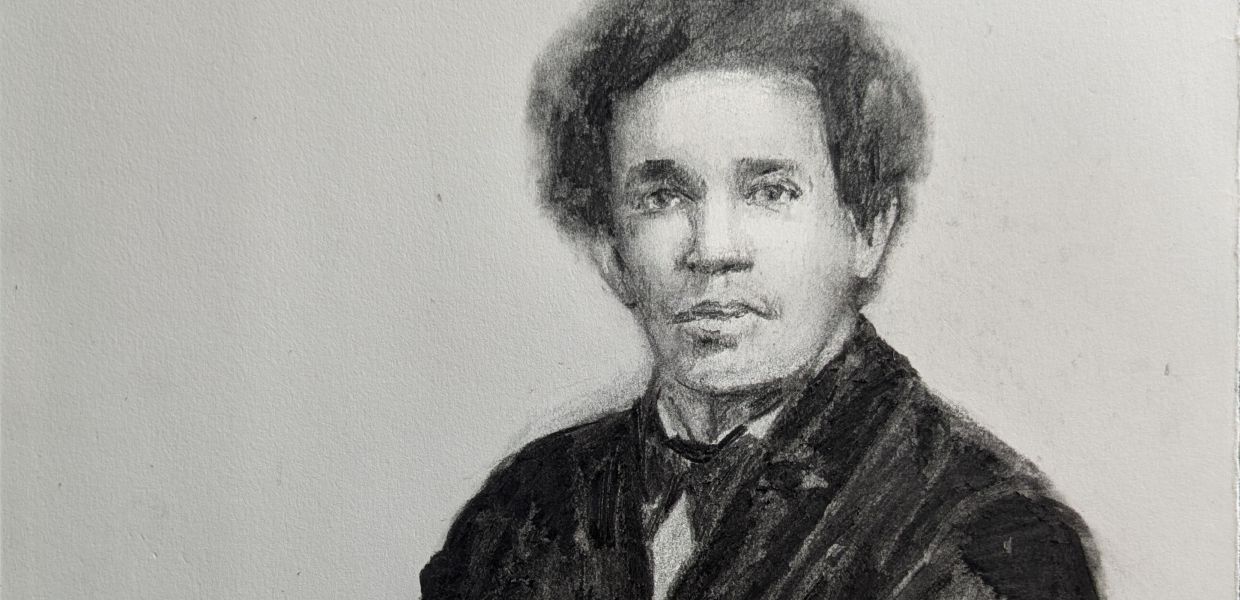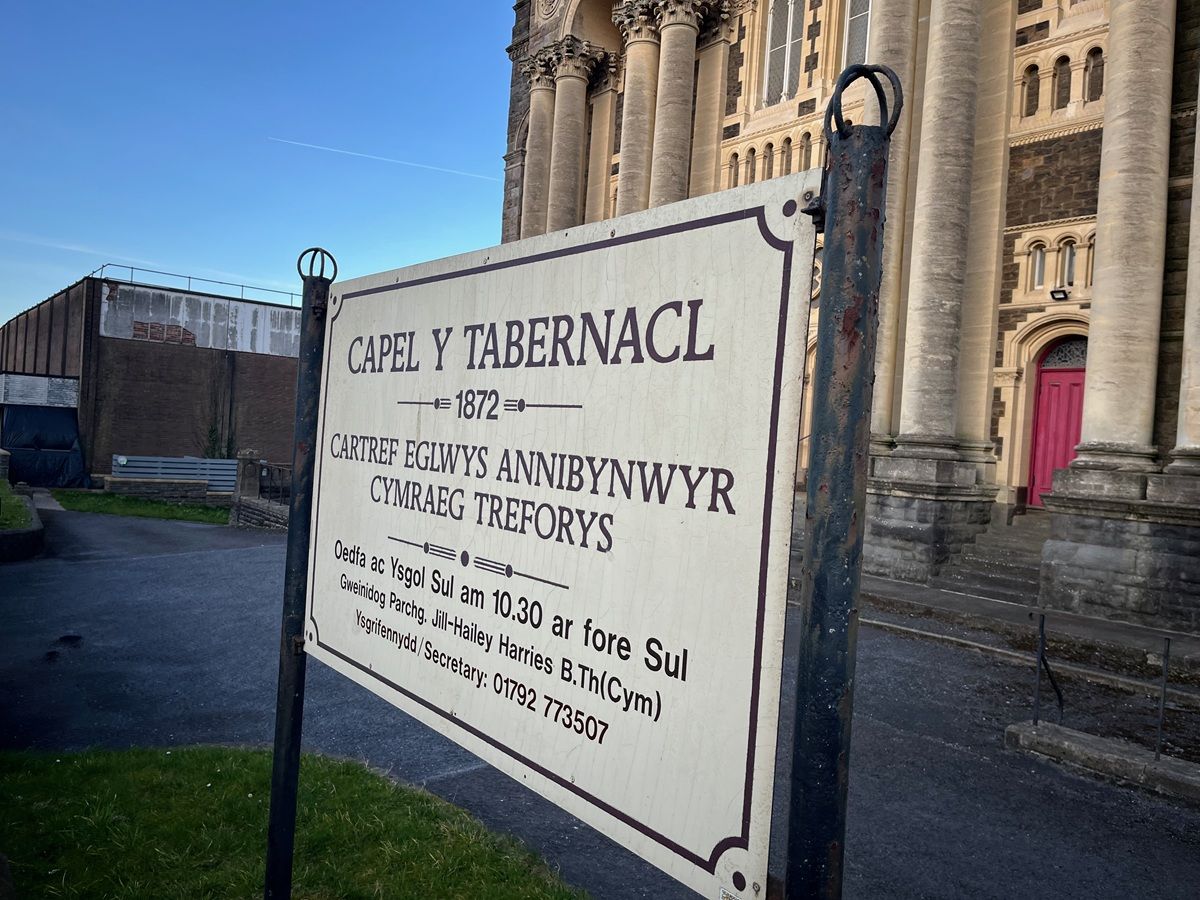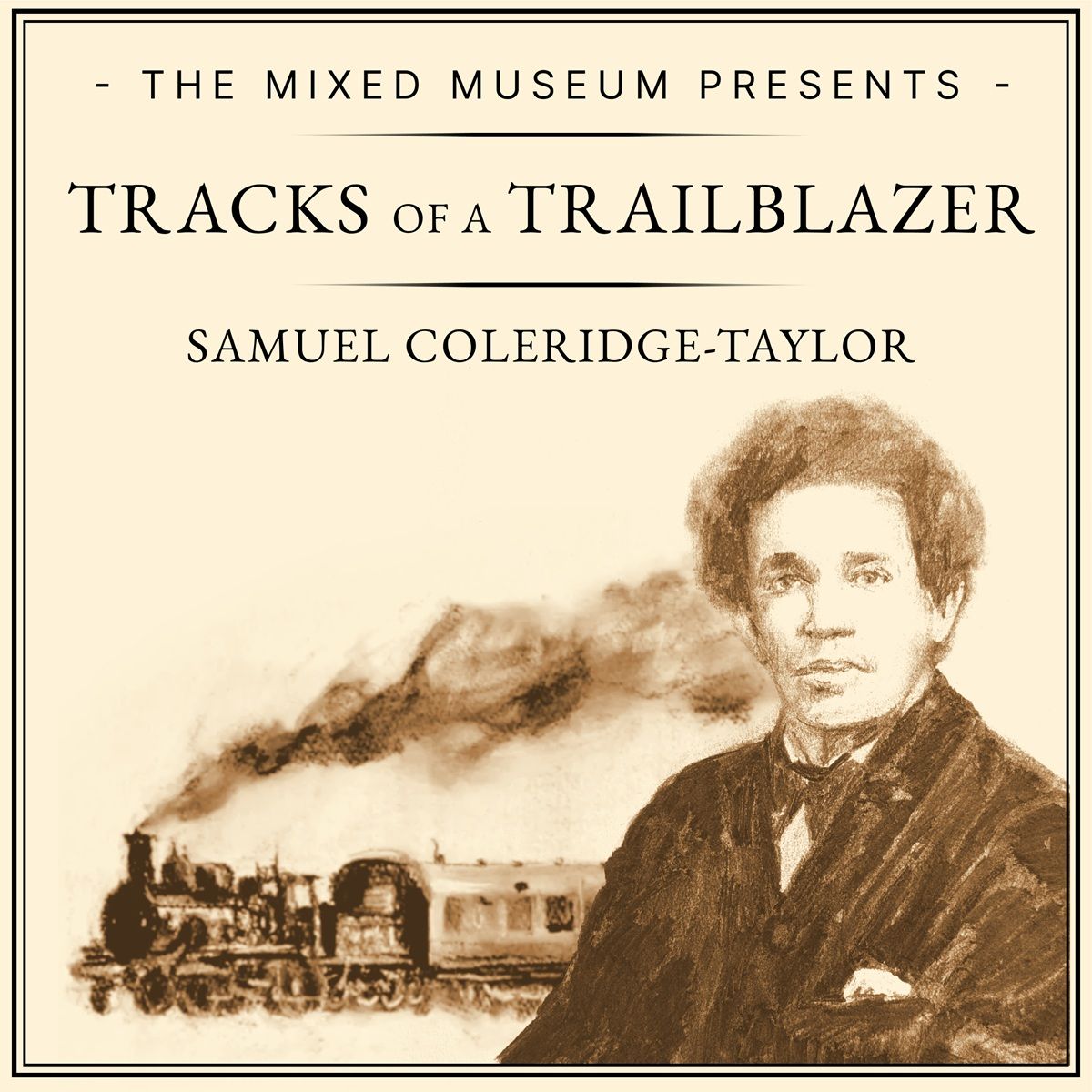Throughout the podcast series on Samuel Coleridge-Taylor, we call him Samuel. We hope he wouldn’t mind.
This decision was born from a deep sense of affection that came from learning about his life and achievements in the early days of the museum. Our Director, Dr Chamion Caballero, began researching his life for a project in which we told the story of his 1908 visit to the English seaside town of Brighton. We quickly came to admire his modern outlook and couldn’t help but feel we were meeting an old friend, so calling him Samuel, as we did between us, stuck.
Who was Samuel Coleridge-Taylor?
Born in 1878 to a Black Sierra Leonean father and a white English mother, Samuel was proud of his Black identity, friends with African American abolitionists and Pan Africanists, and brought Black influences into his astonishingly popular compositions.
This was despite growing up in a completely white family in late 19th century London, when most of Africa and the Caribbean remained under European colonial control, and when the lives of Black Americans and Black South Africans were brutally restricted by segregation and apartheid.
Why was a podcast the right medium?
When we started exploring how to share his story with our audience, we wanted a personal, reflective perspective. Though the museum was new to the podcast world, the intimacy of an audio series seemed fitting, particularly given the opportunity to showcase Coleridge-Taylor’s incredible music.
The TMM team noticed that every single one of the UK’s top ten history podcasts was presented by a white man with a Southern English, middle-class accent. As Black mixed-race women, we were determined to ensure that our series included other voices that might not ordinarily be heard speaking about British history – including our own.
Despite his global fame, Coleridge-Taylor always struggled financially, and much of his income came from the jobs he took on as a conductor and musical adjudicator, travelling across the country by rail. With the 200th anniversary of Britain’s rail network coinciding with Coleridge-Taylor’s 150th anniversary year, a project exploring his train travels felt fitting.
We were delighted to secure funding from Great Western Railway, one of Britain’s many private train operating companies. Supported by their Customer and Community Improvement Fund, an external production company, Front Ear Podcasts, helped us with the technical aspects of recording, editing and distribution, allowing us to focus on the storytelling.





